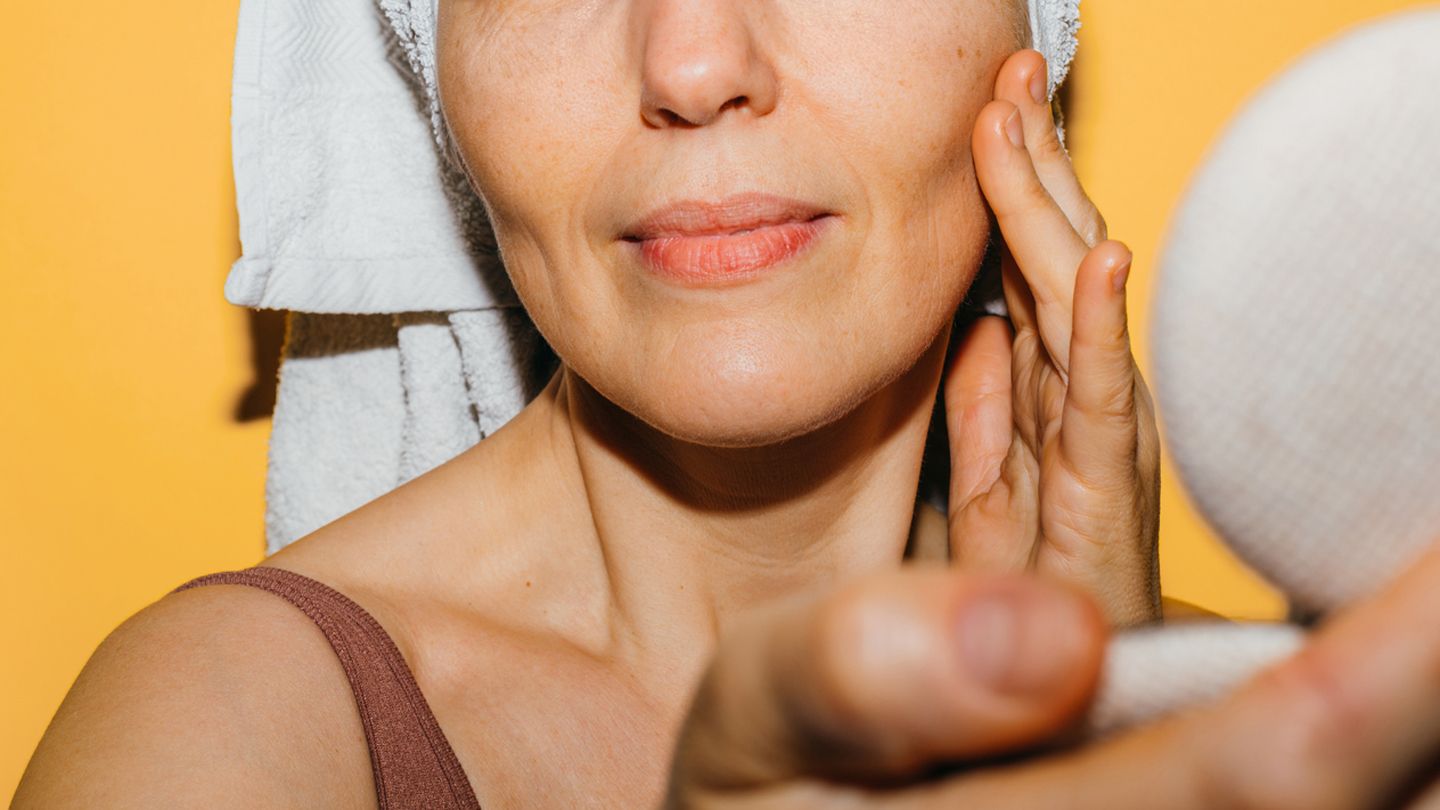Weight loss is often seen as a positive accomplishment, but it can come with unexpected changes, particularly in the face. One medication that has gained attention for its weight loss effects is Ozempic, a type 2 diabetes medication. However, discussions about “Ozempic face” have surfaced, with claims that rapid weight loss can cause facial aging, sagging skin, and a gaunt appearance. In this article, we will explore the phenomenon of Ozempic face, its potential causes, and available treatments.
Understanding Ozempic and Rapid Weight Loss
Ozempic, also known as semaglutide, is an FDA-approved medication primarily used to treat type 2 diabetes. However, it has gained popularity for its ability to induce weight loss. By slowing down stomach emptying and reducing appetite, Ozempic can lead to significant weight loss in individuals with diabetes or obesity. The manufacturer, Novo Nordisk, states that the average weight loss with Ozempic is between 8 to 14 pounds, while Wegovy, the obesity treatment counterpart of Ozempic, can result in a weight loss of 15% of the patient’s weight.
The Controversy Surrounding Ozempic Face
The term “Ozempic face” was coined by Dr. Paul Jarrod Frank, a dermatologist based in New York City. It refers to the facial changes that some individuals experience after significant weight loss, which may include a loss of facial fat, sagging skin, and an appearance of aging. While the term has gained traction on social media platforms, it is important to note that it is not a recognized medical term.
The Effects of Rapid Weight Loss on Facial Appearance
When individuals undergo rapid weight loss, particularly in the face, certain changes can occur. The depletion of subcutaneous fat, the fat located beneath the skin, can result in a gaunt appearance and sagging skin. This phenomenon is not specific to Ozempic but can happen with any method of significant weight loss. The skin’s elasticity and ability to adjust to changes in subcutaneous fat decrease with age, making it more susceptible to sagging and loose skin.
Factors Contributing to Ozempic Face
Several factors contribute to the changes in facial appearance associated with rapid weight loss. The depletion of essential nutrients during significant weight loss can lead to thinning and loss of elasticity in the skin. Collagen and elastin, proteins responsible for the skin’s strength and elasticity, may also be disrupted, resulting in dull and thin skin. Additionally, the loss of fat in the cheeks can contribute to a hollowed-out or aged look.
Addressing Skin Changes After Weight Loss
If you are dissatisfied with the changes in your facial appearance after weight loss, there are various treatments available that can help improve the skin’s appearance. It is essential to consult with a professional, such as a plastic surgeon or dermatologist, to determine the most suitable treatment options for your specific needs.
Over-the-Counter Solutions
While there are no over-the-counter solutions specifically designed to replace facial volume lost during weight loss, certain practices can support healthy skin and improve its texture. Maintaining a healthy diet, staying hydrated, avoiding smoking, and protecting your skin from harmful sun rays can all contribute to overall skin health and appearance. Additionally, incorporating retinoids, such as tretinoin, into your skincare routine can help improve skin texture and reduce the appearance of crepey skin.
Professional Treatments
If over-the-counter solutions do not yield the desired results, professional treatments may be considered. Plastic surgeons and dermatologists offer various procedures that can help improve skin appearance after weight loss.
Dermal Fillers
Dermal fillers, such as hyaluronic acid fillers like Juvederm and Restylane, are effective in restoring lost facial volume. These fillers are injected into specific areas of the face to add volume and reduce the appearance of sagging or hollowed-out areas. Juvederm Voluma XC and Juvederm Volux XC are FDA-approved fillers for adding volume to the cheeks and jawline. Restylane Contour and Restylane Lift are FDA-approved for midface and cheek augmentation. Results from dermal fillers can last between six months and two years, depending on the individual’s metabolism.
Lasers and Energy-Based Devices
Laser and energy-based treatments can help improve skin texture and tighten loose skin. Fractionated CO2 resurfacing is a popular option that can address fine lines and pigmentation. Radiofrequency microneedling, such as Genius, stimulates collagen production and tightens the skin. Ultherapy and Sofwave utilize ultrasound technology to lift and tighten the skin in specific areas like the brow, chin, and neck. These treatments may require multiple sessions, and the cost can vary depending on the treatment area and desired outcome.
Consulting a Professional
When considering professional treatments, it is crucial to consult with a board-certified plastic surgeon or dermatologist. These experts can assess your specific needs and recommend the most suitable treatment options. They can provide personalized advice and guidance to help you achieve your desired results safely and effectively.
Conclusion
Rapid weight loss, whether through the use of medications like Ozempic or other methods, can lead to changes in facial appearance. The phenomenon known as Ozempic face has gained attention, but it is important to note that it is not a recognized medical term. Facial changes after significant weight loss are not specific to Ozempic and can occur with any method of rapid weight loss. If you are concerned about the changes in your facial appearance, consulting with a professional can help determine the best course of action. There are various treatments available, ranging from over-the-counter solutions to professional procedures, that can improve skin texture, restore lost volume, and address sagging or loose skin. By seeking professional guidance, you can navigate the options and choose the most suitable treatment to enhance your facial appearance after weight loss.
